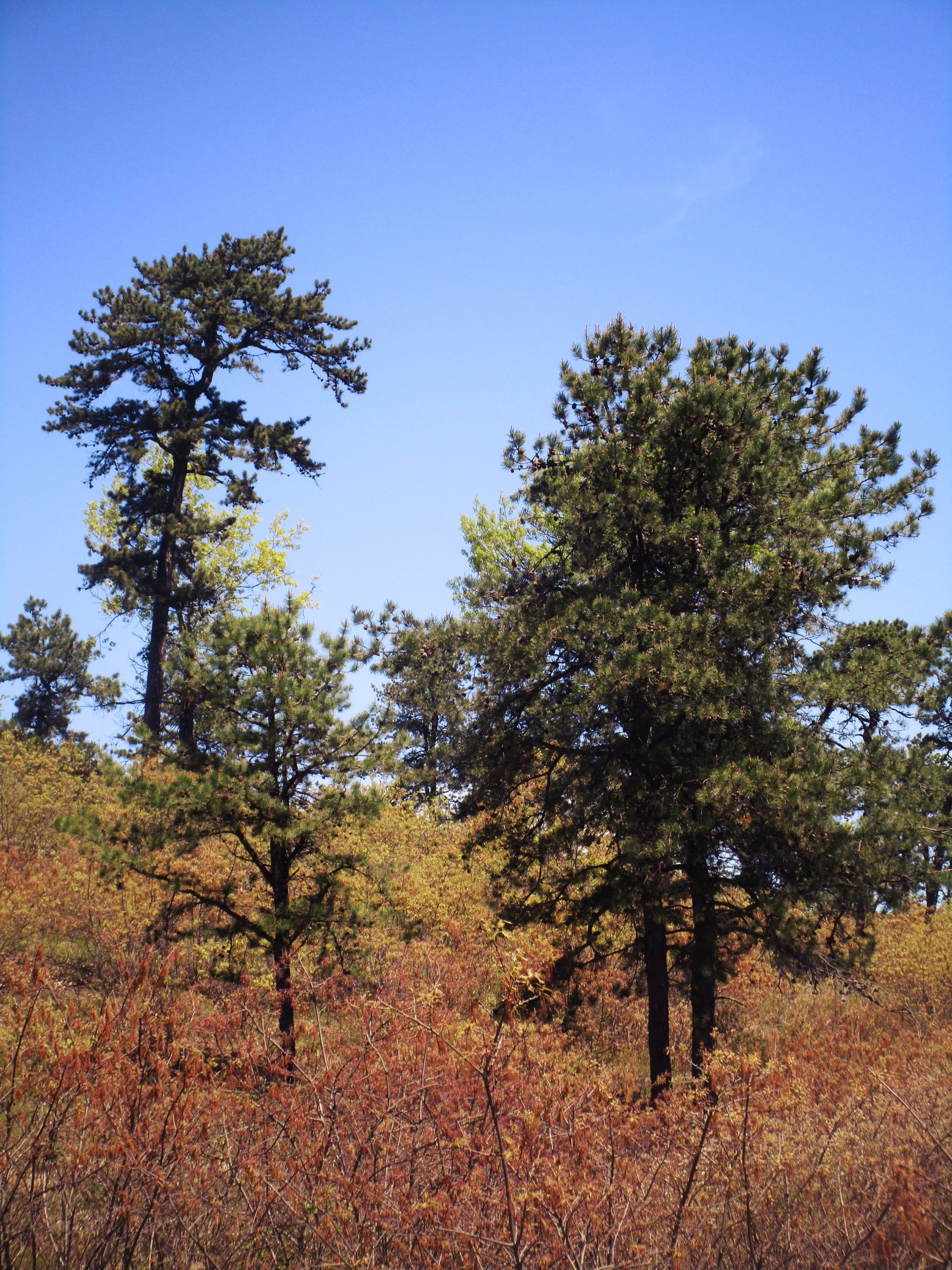ALBANY COUNTY — Pending the governor’s signature, the Pine Bush Commission will soon be able to hold title to property and buy land directly from landowners, due to new legislation passed in both the state assembly and senate. This change will allow the commission to move more quickly to obtain land that could otherwise go to developers.
Property that the Pine Bush Commission might be interested in adding to the land it manages includes any parts of Guilderland west of Route 155 and south of Route 20 that are still undeveloped “natural Pine Bush habitat,” according to Christopher Hawver, the commission’s executive director.
In the past, it has sometimes taken three years to close on a property, and not all landowners can wait that long, said Hawver. The Pine Bush has needed to partner with state agencies — Parks, Recreation and Historic Preservation or the Department of Environmental Conservation — to purchase real estate, said Hawver, and each of these agencies has a large backlog, because of the scale of its work for various entities and the sheer number of properties available throughout the state.
“But there is funding to do it,” Hawver said of the commission itself purchasing property.
The Pine Bush Commission itself doesn’t own any land, Hawver said. All the land it manages is owned by entities such as the state of New York, the towns of Colonie or Guilderland, the city of Albany, or The Nature Conservancy.
If the new bill is signed into law, the commission would be able to buy land, Hawver said, working with a partner like The Nature Conservancy or the Mohawk Hudson Land Conservancy, which have greater knowledge of how to handle real-estate transactions. The Pine Bush would borrow money from its reserves to pay for the property, transfer the property to the state, be reimbursed for it, and have the funding available to do it again.
“Think of it as a small revolving fund of money to be able to buy land in the short term,” Hawver said.
The Pine Bush Commission currently manages 3,300 acres of land — globally rare pine barrens — and hopes to raise that number to a little over 5,400, Hawver said. The legislation, which was sponsored by Patricia Fahy in the assembly and George Amedore in the senate, will make it easier for the commission to move toward that higher number.
“The Pine Bush is not just an incredible recreational resource and a local gem,” said Fahy. “It serves a broader purpose too: helping us with some water-control problems.” She said that good land management is good water-resource management and also good for flood abatement.
Fahy mentioned the frequent flooding that occurs in front of Stuyvesant Plaza and said, “We know that some of that problem originated because of overbuilding in what had previously been the Pine Bush.”
One way that the Pine Bush sometimes increases its acreage is through land dedicated to the town as open space, and then, in turn, dedicated by the town to the Pine Bush, which becomes responsible for its maintenance.
An example of this type of arrangement is the Pine Bush Senior Living project at 20 New Karner Road, near Route 20. It has been approved as a planned unit development, known as a PUD, that would rezone almost 40 acres of land as open space; that land would ultimately be managed by the Pine Bush. Developer Timothy Cassidy of Pine Bush Senior Living LLC said on June 28 that the project is on track to break ground by January 2019.
Published in August-September 2018 Save the Pine Bush Newsletter
